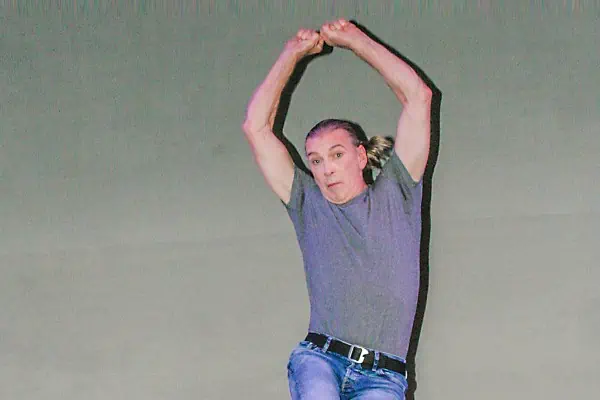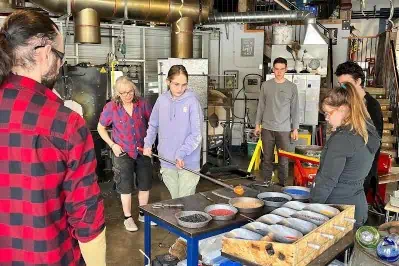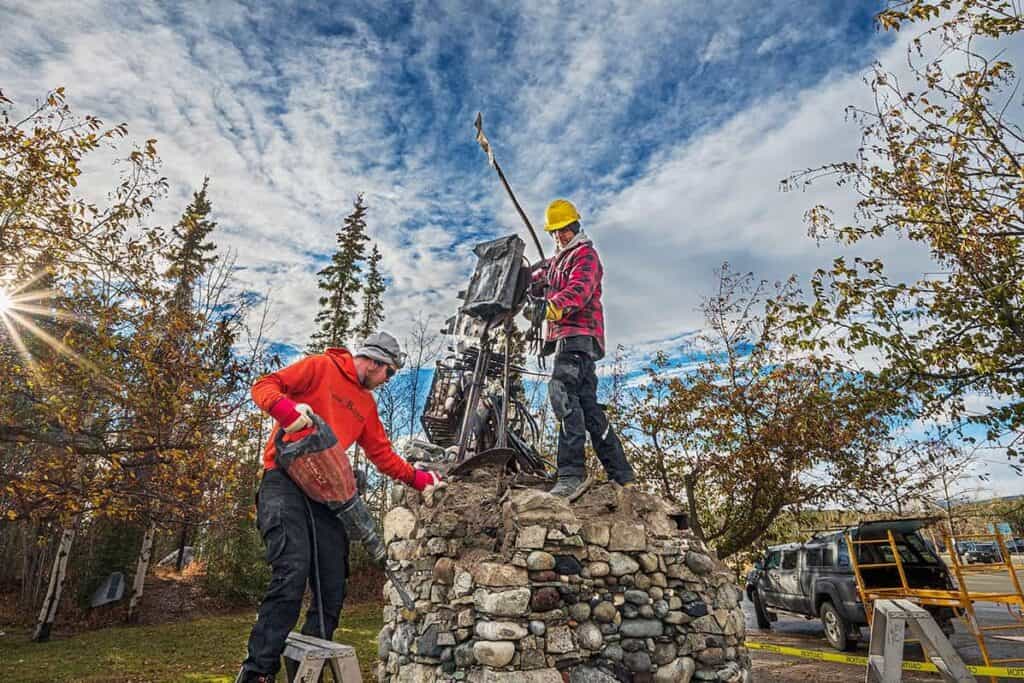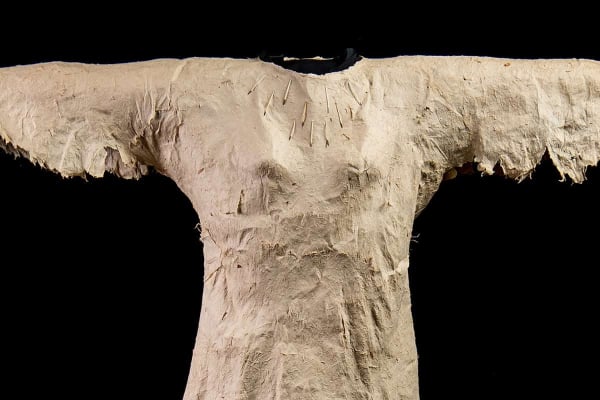What’s in a name? Is it possible that a kid from Philly named Sam Taylor was predestined to become a tenor sax player and make a name for himself in New York City’s thriving jazz scene? After all, the Big Apple was home for decades to a prolific African-American tenor saxophonist named Sam “The Man” Taylor, who played with the likes of Cab Calloway, Ray Charles and Big Joe Turner.
That Sam Taylor died in 1990, more than a decade before his younger namesake moved to New York at the age of 17 to study at the State University of New York’s prestigious Purchase College and pick up gigs when and where he could.
“I think a lot of them expected somebody else when I showed up for test interviews,” Taylor laughed. “They had probably Googled the name, and here’s this skinny white Jewish guy. It was quite hilarious.”
When young Sam Taylor from Philadelphia began playing sax, he’d never heard of the other tenor-playing Sam Taylor, who originally hailed from Lexington, Tennessee. That’s understandable, since he was still in elementary school when the chance to play an instrument arose. His first choice was drums, but other kids beat him to the draw.
“I think my second choice was saxophone. I started on alto, because that’s the way it is when you’re a little kid.”
Eventually, he grew into his life’s role as a tenor, largely through the influence of his school’s band director, who played the same instrument.
“He really inspired me. The school didn’t have enough tenor saxophones, but I think he saw that I was passionate and a good student. He loaned me his own personal vintage tenor saxophone to use,” Taylor recounted.
“That’s a huge thing to do for a 12-year-old kid, to trust them with your priceless baby. So, he’s the real reason I chose a life of music, for sure.”
Taylor considers himself fortunate to have grown up in a city that has spawned such disparate performers as John Coltrane, Patti LaBelle, Frankie Avalon, Bobby Rydell, Chubby Checker, rapper-turned-actor Will Smith, Hall & Oates, and Boyz II Men.
“There was, and still is, a very vibrant art community and music community. I owe a lot to Philly. People are very welcoming and open,” Taylor said.
“There’s a place called Ortlieb’s Jazz House, in a part of town that I really had no business being as a kid of 12 or 13, or a little bit older. But they really just took me in; it was the place to be for jazz.”
Even while he was a student at his hometown’s High School for Creative and Performing Arts, Taylor spent as much time as he could soaking up what the local jazz scene had to offer. That gave him an opportunity to perform and study with many established Philly musicians.
“That was the real school, outside of the classroom, watching real masters do it.”
It was in that context that he met a man he considers his hero, another tenor player named Larry McKenna, who still lives in Philly, but has racked up an armful of impressive credits with such big names as Woody Herman and Buddy DeFranco. Taylor has since gone on to play and record with McKenna, who is now 82. In fact, McKenna was slated to be part of a Sam Taylor Quartet tour this month, including an appearance for Jazz Yukon this Sunday. Unfortunately, McKenna is unable to make the journey due to health concerns, so the Whitehorse gig is being re-billed as the Sam Taylor Trio.
Besides his obvious attachment to the City of Brotherly Love, Taylor has also developed a strong appreciation for the sense of community he has found in his adopted city. At 30-something, he’s a relative youngster compared to many other denizens of New York’s jazz scene, but after living there for almost half his life, he no longer feels like a neophyte.
“But I do feel like a kid in terms of the music. As a student, I still feel very young. There’s just so much work to do and so much to learn. That’s sort of what I love about this life of music playing,” he acknowledged.
“It’s such an open road. It gives you a chance to develop and grow. And especially in New York. Things are never static. It’s always changing. Every day is another day.”
And after experiencing life as a rising musician in such a sprawling city, where travelling by subway is the norm, Taylor is grateful he didn’t get his first choice of instruments back in public school.
“Drummers have to schlepp all their stuff up and down the stairs, and bass players have to get through the turnstile. I just had my horn on my back, so I think I had it pretty good,” he laughed.




